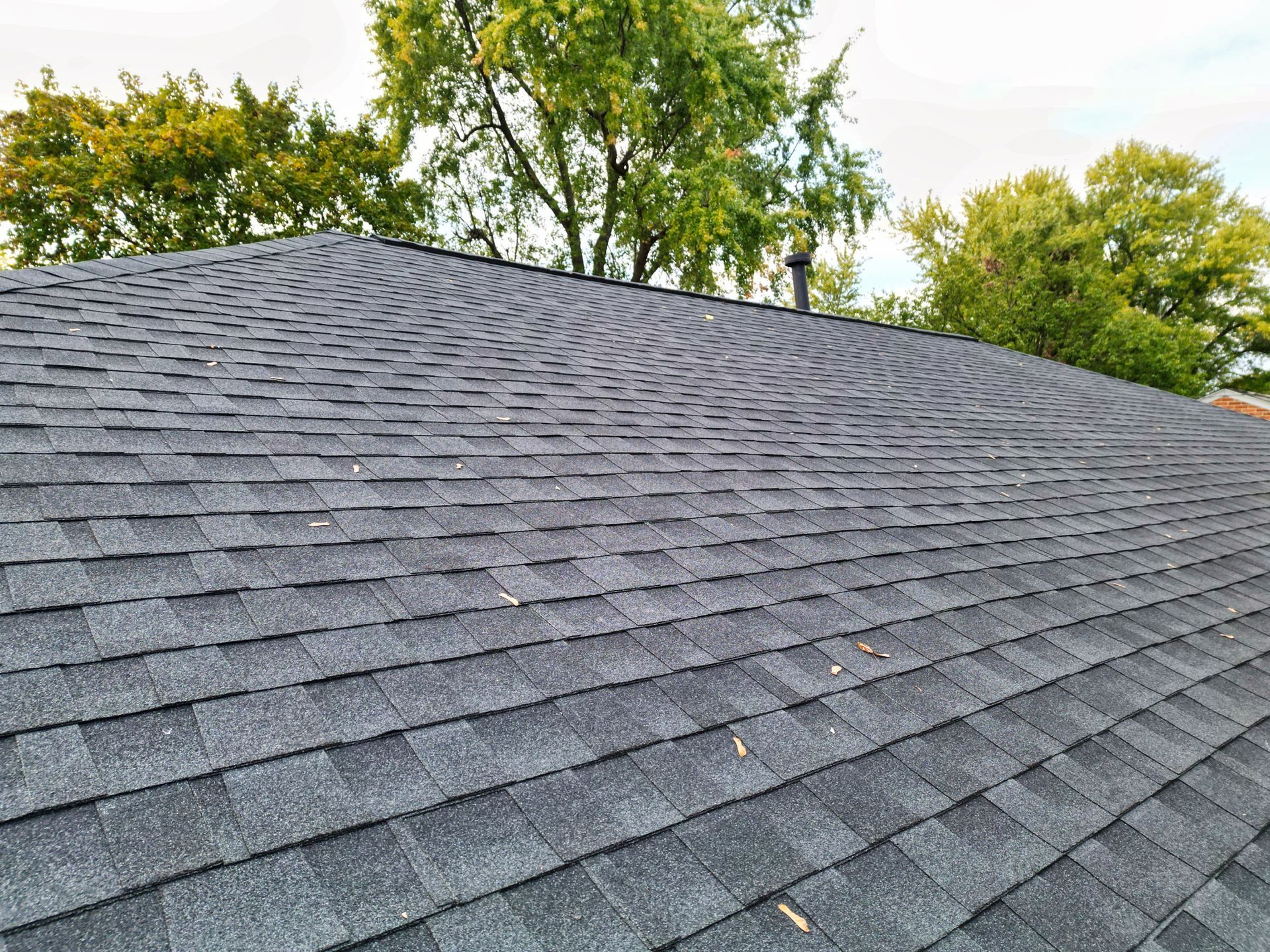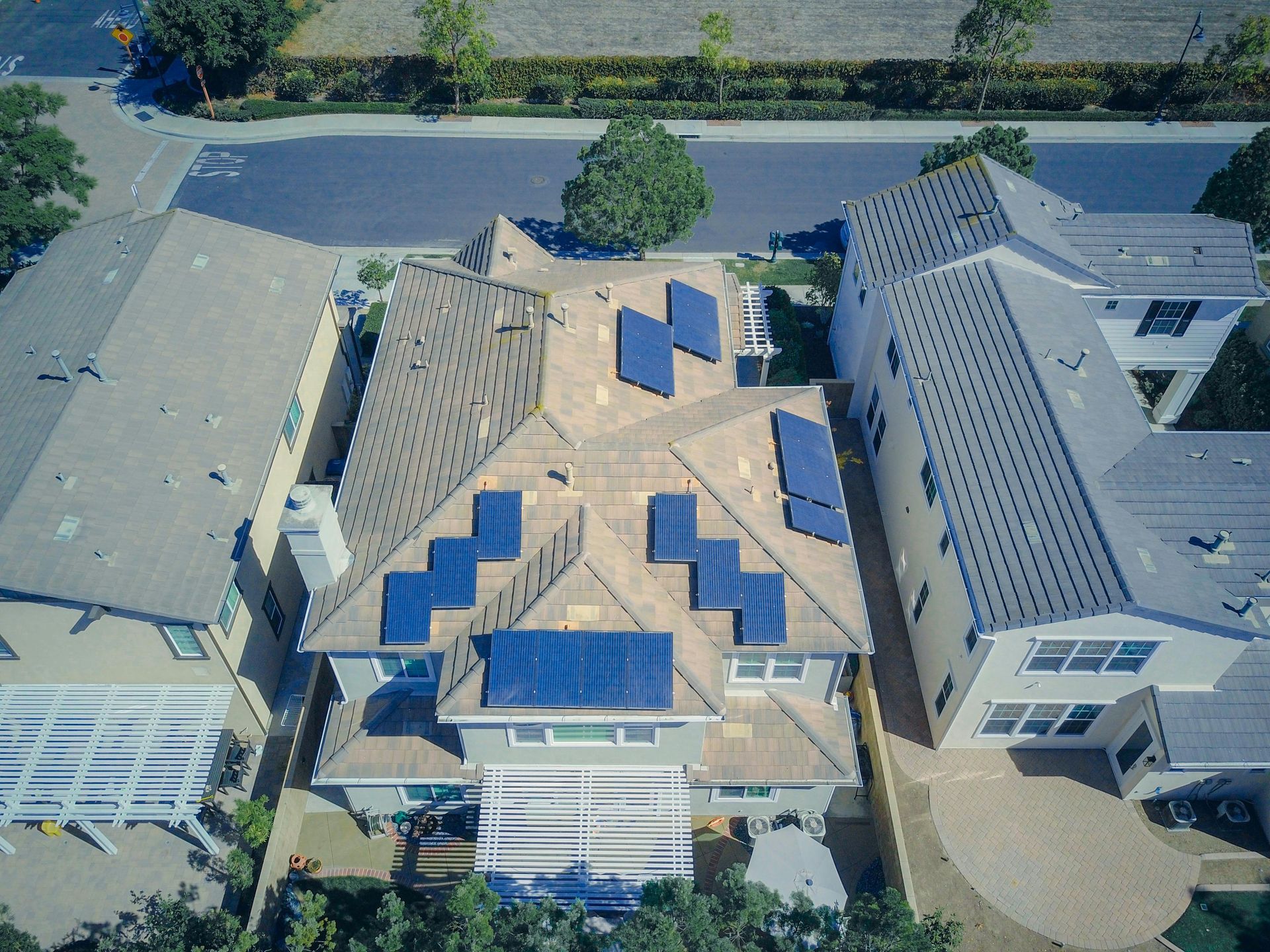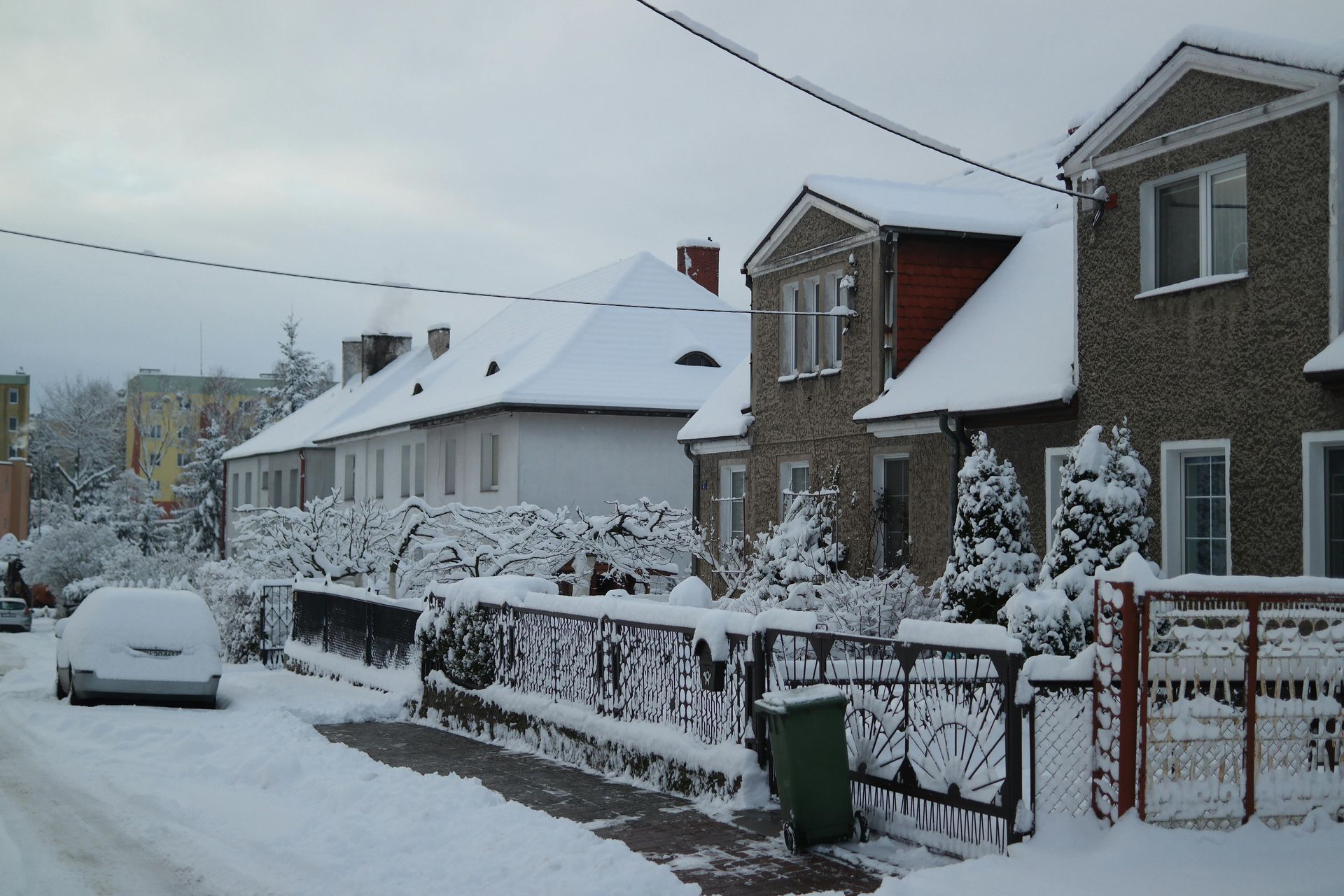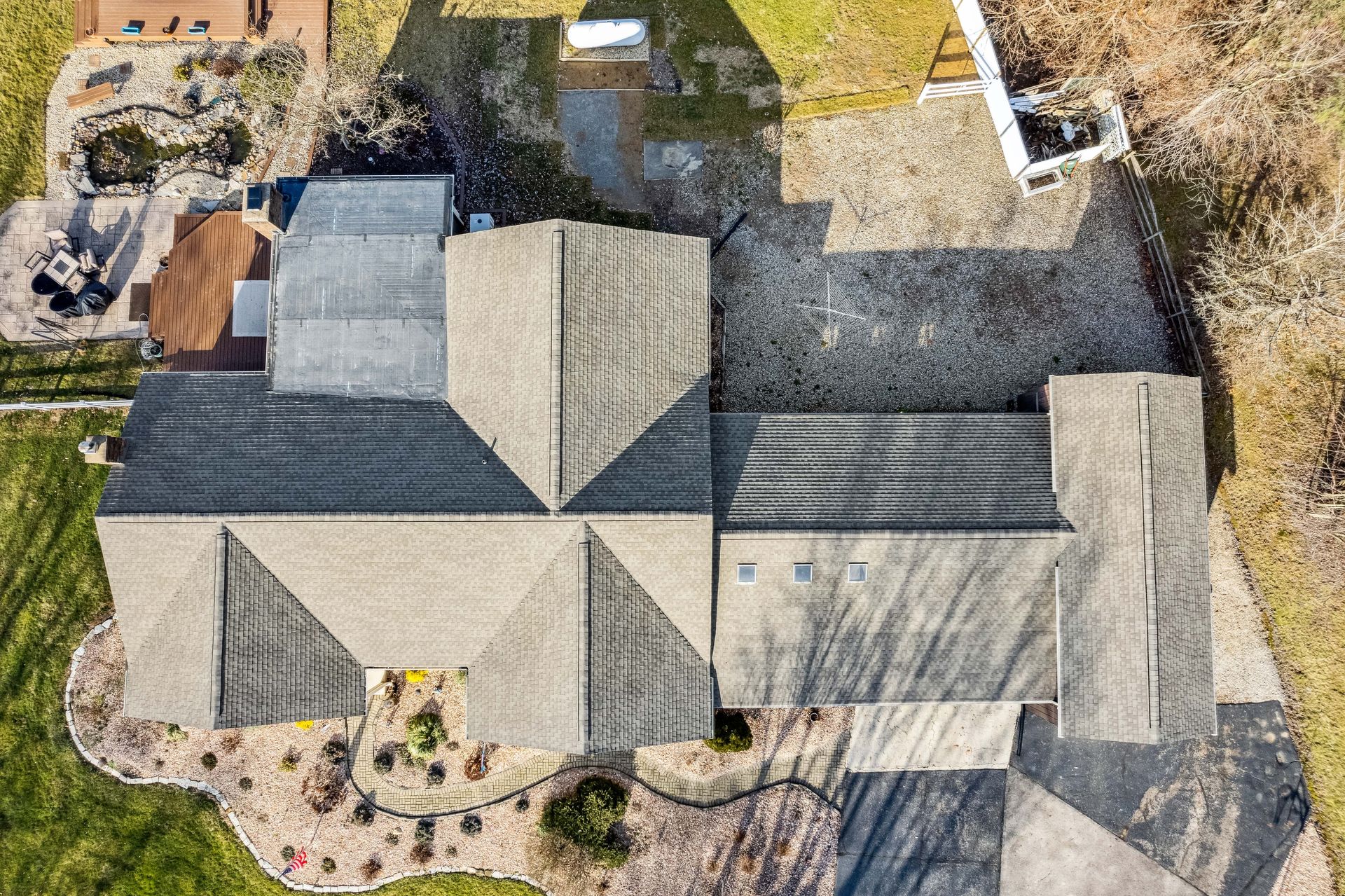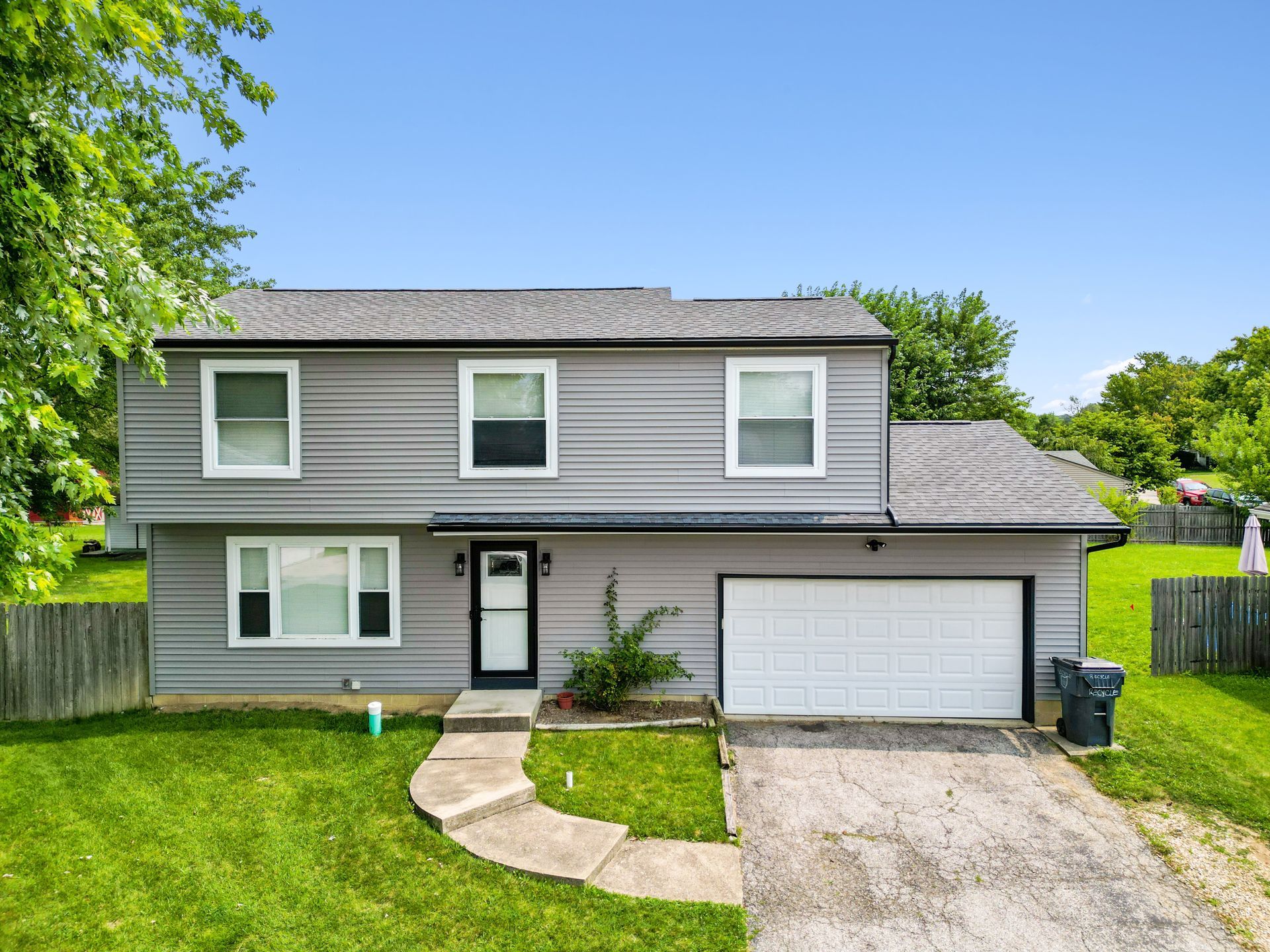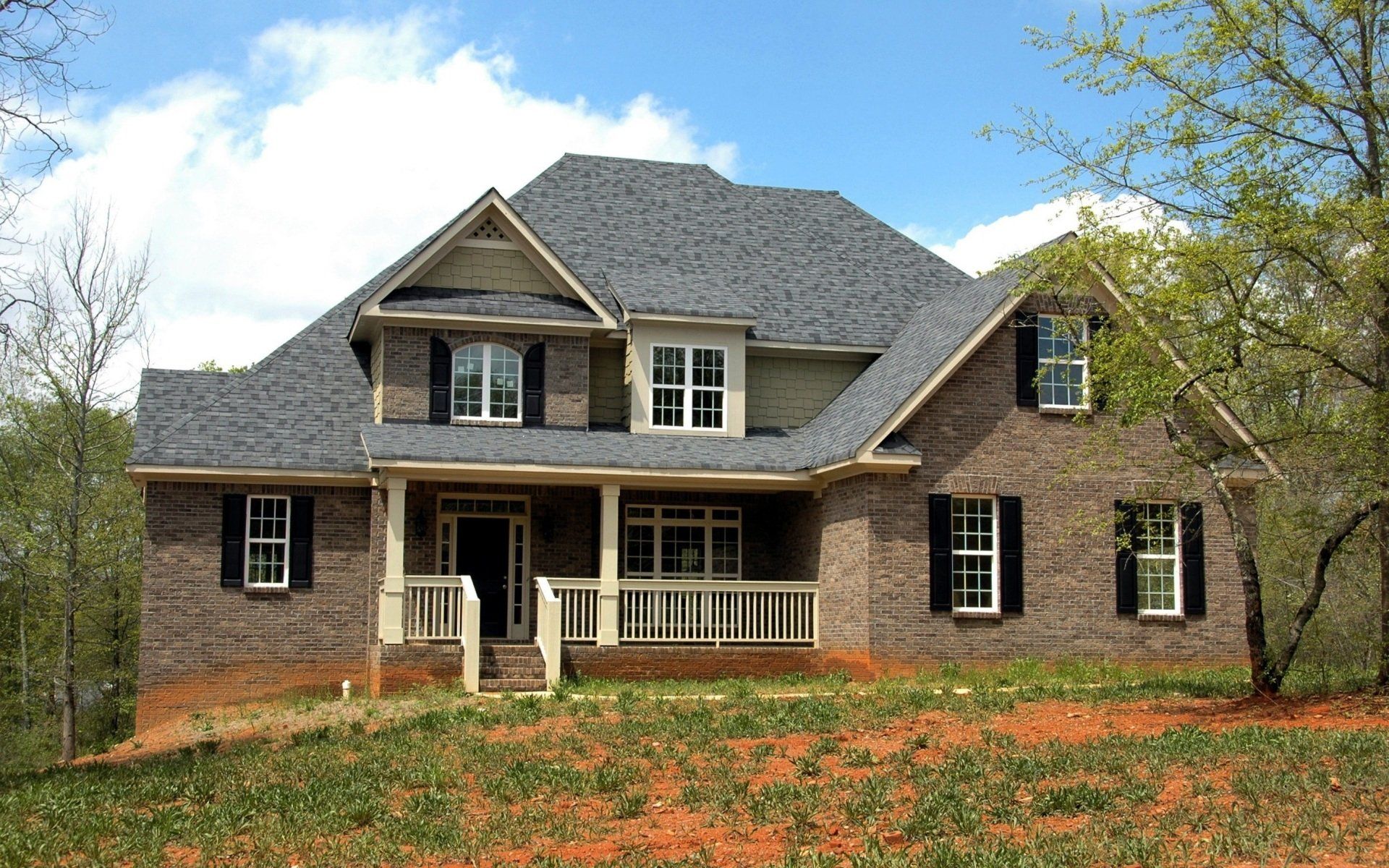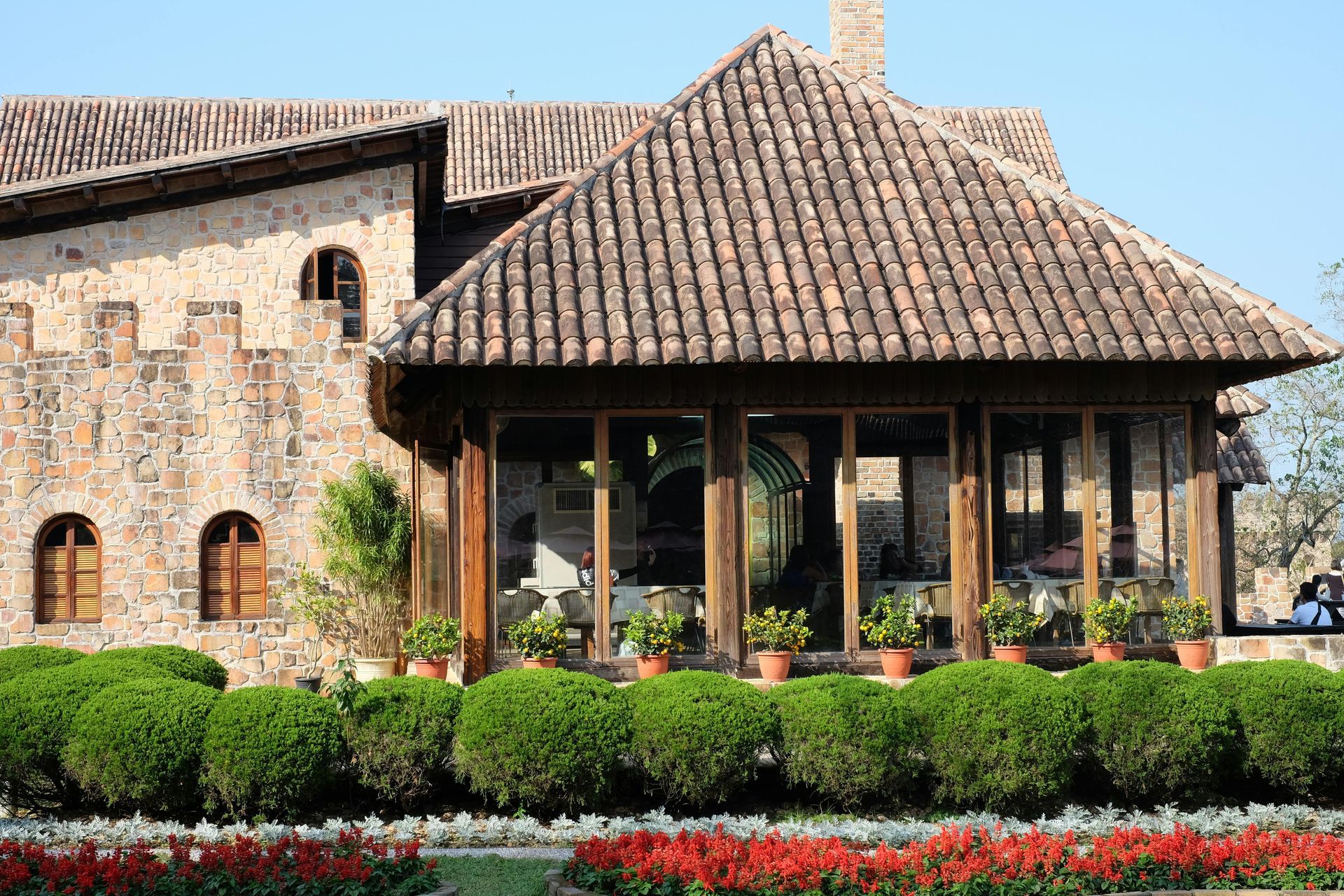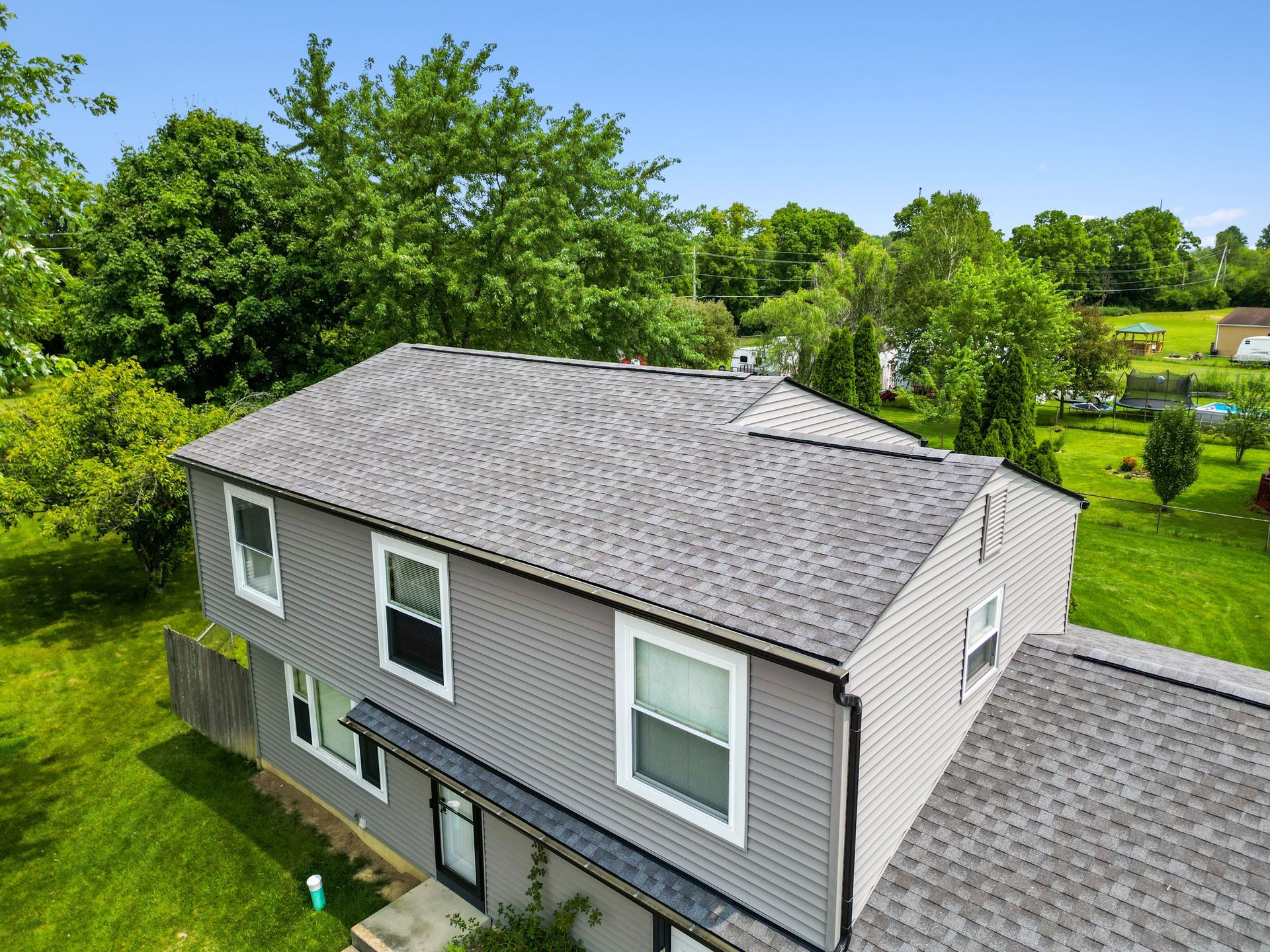Why Do Roof Shingles Buckle? 6 Common Causes & How to Fix Them
Noticing wavy or uneven shingles on your roof? Buckled shingles are more than just an eyesore—they can be a warning sign of bigger roofing problems.
When shingles start to lift and ripple, they’re no longer sealing properly. That means your roof is more vulnerable to leaks, water damage, and even structural issues. The good news? Understanding why this happens can help you take the right steps to fix the problem before it gets worse.
What Do Buckled Roof Shingles Look Like?
Buckled shingles create ridges or waves on your roof instead of laying flat. They can pop up in random spots or affect large sections, making your roof look uneven.
Unlike curling shingles, which lift at the edges, buckled shingles tend to rise in the middle. This makes them more prone to catching wind and getting torn off—especially during storms.
Signs Your Roof Has Buckled Shingles:
Raised, wavy, or uneven sections on your roof
Shingles overlapping or out of alignment
Small gaps where moisture can seep in
More shingles coming loose over time
If left unaddressed, buckled shingles can lead to
serious roof leaks and expensive repairs.
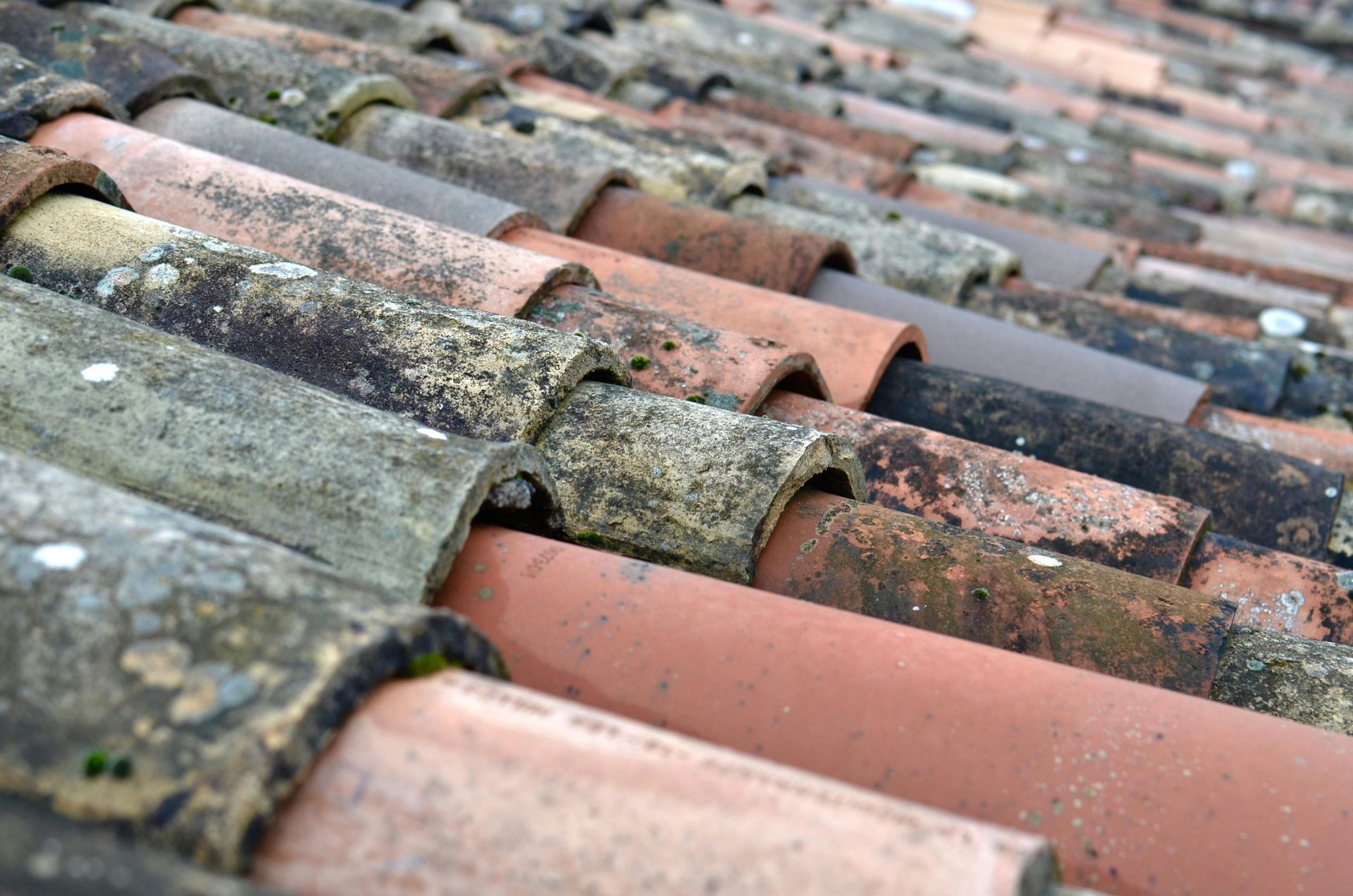
What Causes Roof Shingles to Buckle? 6 Common Reasons
1. Poor Installation
One of the most common reasons shingles buckle? They weren’t installed properly in the first place.
If the roofing crew rushed the job or didn’t follow manufacturer guidelines, shingles can shift out of place over time. Some common installation mistakes include:
- Misaligned shingles that overlap incorrectly
- Nails placed too high or too few per shingle
- Shingles not given enough time to settle before being secured
How to Fix It: If buckling is due to poor installation, the affected shingles may need to be replaced. A professional roofer can assess whether a spot fix will work or if a larger repair is needed.
2. Moisture Trapped in the Roof Deck
Your roof deck—the plywood or OSB boards beneath the shingles—needs to be completely dry before installation. If moisture gets trapped underneath, the wood can warp, causing the shingles above it to buckle.
Common Causes of Trapped Moisture:
- Installing shingles over damp roof decking
- Poor attic ventilation allowing humidity to build up
- Leaks from clogged gutters or damaged flashing
How to Prevent It: Keep your attic properly ventilated and schedule regular roof inspections to catch early signs of moisture damage. If moisture damage has caused issues like sagging or weakened materials, working with a Pickerington roofer can help you address the problem effectively.
3. Wrinkled or Damaged Underlayment
The underlayment is the protective layer between the roof deck and the shingles. If it’s wrinkled, bunched up, or wasn’t installed smoothly, it can push against the shingles, creating buckling.
How This Happens:
- Low-quality or damaged underlayment
- Poor installation
- Exposure to extreme weather before shingles were installed
How to Fix It: If the underlayment is the problem, the only solution is to remove and replace the affected shingles and underlayment.
4. Poor Attic Ventilation
If your attic gets too hot and humid, it can cause the roof deck to expand and contract, which eventually leads to shingle buckling.
Signs Your Attic Ventilation Isn’t Working Properly:
- It feels stuffy or excessively hot in the attic
- Mold or mildew growth near the roofline
- Ice dams forming in winter
How to Prevent This: A well-ventilated attic allows excess heat and moisture to escape, preventing roof warping. Consider installing ridge vents, soffit vents, or attic fans to keep temperatures stable. If you're unsure whether your attic ventilation is working effectively, our roofing contractors can inspect your home's exterior to ensure proper airflow.
5. Aging Roof Materials
As your roof gets older, shingles lose flexibility and may start to buckle. Adhesives weaken, fasteners loosen, and the constant exposure to sun, rain, and wind takes its toll.
When Is It Time for a New Roof?
- If your roof is 15+ years old, buckling shingles could be a sign it’s wearing out.
- If multiple areas of your roof are affected, repairs may only be a temporary fix.
Best Solution: If your roof is aging and showing widespread signs of damage, it’s time to start planning for a full replacement.
6. Structural Movement of the Home
Over time, a house naturally settles, but major shifts in the foundation can cause problems all the way up to the roof. When this happens, the decking beneath your shingles may shift, causing shingles to buckle or move out of place.
Causes of Structural Shifting:
- Expanding or shifting soil under your home
- Poorly reinforced framing
- Foundation settling over time
What to Do: If foundation movement is the issue, fixing the roof won’t be enough. A structural engineer may need to assess your home before repairing the roof. In some cases, addressing issues like cracked mortar or brickwork may involve consulting a trusted Pickerington masonry contractor.
How to Prevent Roof Shingles from Buckling
Hire a
licensed roofing contractor to ensure proper installation.
Improve
attic ventilation to prevent moisture buildup.
Schedule
annual roof inspections to catch early signs of damage.
Keep
gutters clean to prevent water pooling.
Use
high-quality materials that resist weather-related wear.
For added protection, maintaining your gutters is essential. If you notice signs of gutter damage, a reliable gutter contractor can ensure your system is working properly.
FAQ: Buckled Roof Shingles & Fixes
Q: Can you fix buckled shingles without replacing them?
A: It depends on the cause. If it’s due to moisture or ventilation issues, you may be able to flatten them out by improving airflow. But if the shingles are damaged, replacement is usually the best option.
Q: Is shingle buckling a sign I need a new roof?
A: Not always. If the buckling is widespread or paired with leaks, your roof might be at the end of its lifespan. But isolated buckling may just need a repair.
Q: How long do shingles last before they start buckling?
A: Well-maintained shingles typically last 20-30 years, but if they were poorly installed or exposed to excess moisture, they could start buckling much sooner.
When to Call a Roofing Professional
If you see buckled shingles on your roof, don’t wait for leaks or bigger problems. Price Brothers Restoration provides expert roof inspections and repairs to keep your home protected.
Contact us today
to schedule a free roof inspection!

